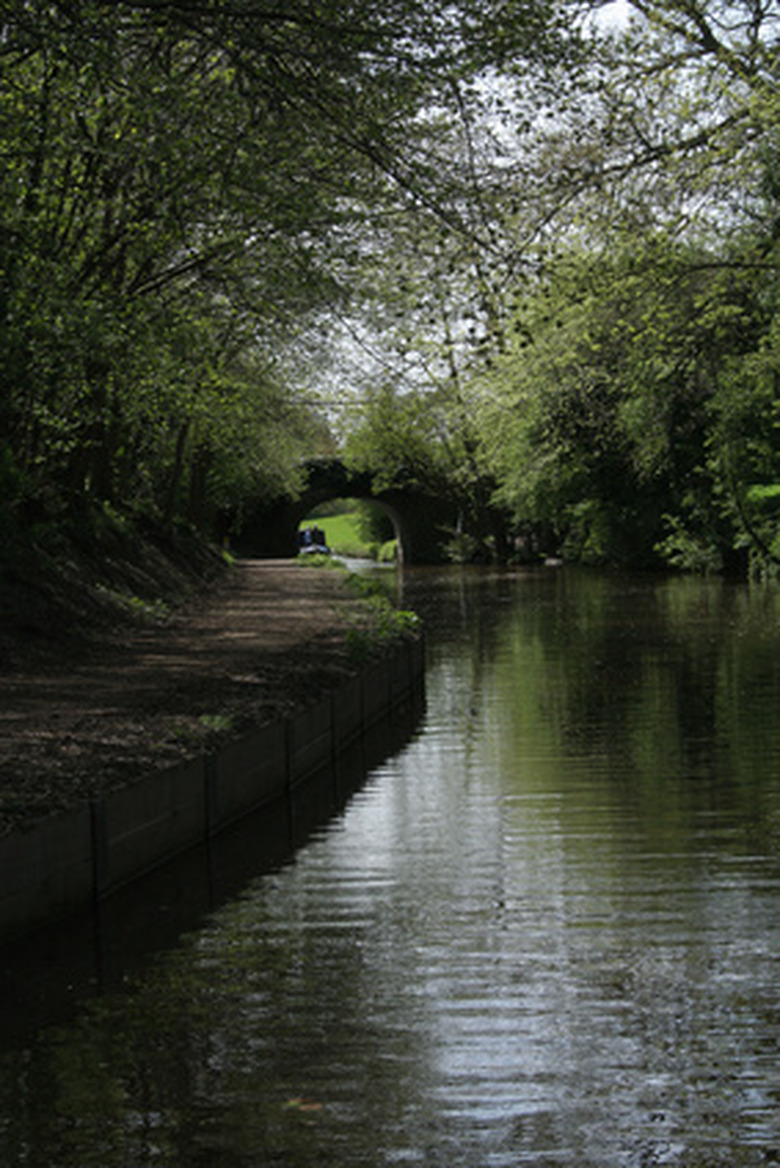Shade Loving Jasmine Plants
While some jasmine plants, like winter jasmine, tolerate shaded conditions, the star jasmine is a shade-loving vine. With the potential to act as a ground cover, this versatile plant is ideal for use in areas that receive lower levels of sunlight. Familiarize yourself with other prized features of this jasmine plant for the best use in your home garden.
Features
Star jasmine (Trachelospermum jasminoides), also referred to as Confederate jasmine, is a twining vine that displays evergreen foliage and white blooms that resemble stars, according to the Mississippi State University Extension Service. Bloom time is May to June and intermittently throughout the summer months, according to the North Carolina State University Cooperative Extension Service. Additionally star jasmine flowers are prized for their strong, pleasing fragrance.
Growth
Star jasmine plants have a moderate to fast growth rate, according to the Clemson University Extension. Flowers grow to a diameter of 1 inch with leaves reaching 3 inches in length. When left to its natural spreading habit, star jasmine grows to approximately 2 feet in height and up to 5 feet in width. When grown on a support, this shade-loving vine may grow up to 20 feet.
- While some jasmine plants, like winter jasmine, tolerate shaded conditions, the star jasmine is a shade-loving vine.
- With the potential to act as a ground cover, this versatile plant is ideal for use in areas that receive lower levels of sunlight.
Sun Exposure
Star jasmine is a shade-loving plant. Though it may grow successfully in partial to full sun exposure as well as full shade, the ideal condition for optimal growth is partial shade, according to the Mississippi State University Extension Service. When grown as a ground cover, star jasmine performs well under light tree canopy, making it a versatile addition to the home garden.
Culture
Along with its love of shade, star jasmine plants thrive in moist, well-drained soil, particularly when the soil is amended with leaf mold, according to the Clemson University Extension. Star jasmine functions well in both indoor and outdoor environments. When grown as a houseplant, maintain temperatures of 68 to 72 degrees F during the day and 50 to 55 degrees at night for healthy growth.
Uses and Cultivars
Look for the variety of form and function with this shade loving jasmine plant. Some widely planted cultivars include silver mist, bronze beauty and Madison, according to the Mississippi State University Extension Service. When determining uses for your landscape, establish this twining vine on a trellis, as an accent to a shady porch, ground cover, in hanging containers or on any supportive structure that receives shade, according to the Clemson University Extension.
- Star jasmine is a shade-loving plant.
- Along with its love of shade, star jasmine plants thrive in moist, well-drained soil, particularly when the soil is amended with leaf mold, according to the Clemson University Extension.
